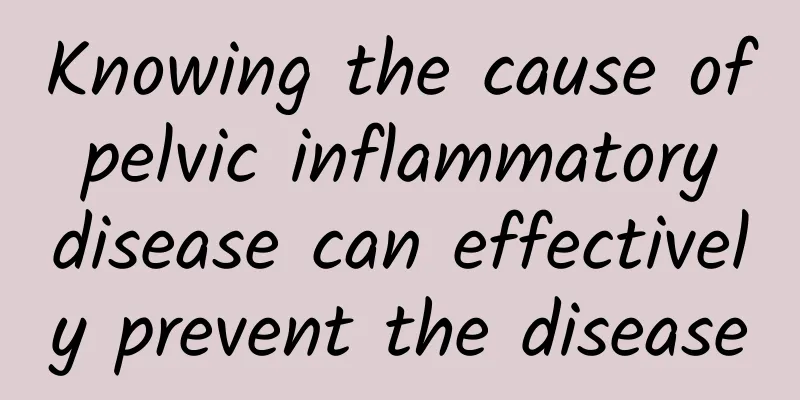What causes cervicitis and how to treat it

|
Treatments for cervicitis include medication, physical therapy, and lifestyle adjustments, and its causes are mainly related to infection, hygiene habits, and changes in hormone levels. Cervicitis is an inflammation of the cervical tissue, and common causes include bacterial, viral, or fungal infections, poor hygiene habits, and fluctuations in hormone levels. 1. Infection is one of the main causes of cervicitis. Bacterial infections such as gonococci and chlamydia, viral infections such as human papillomavirus (HPV), and fungal infections such as candida can cause cervicitis. Infectious cervicitis is usually treated with antibiotics, antiviral drugs, or antifungal drugs, such as azithromycin, acyclovir, and fluconazole. 2. Bad hygiene habits may also cause cervicitis. Using unclean sanitary products, frequent vaginal douching or improper sexual hygiene may increase the risk of infection. Improving hygiene habits, such as using mild cleaning products, avoiding excessive douching and maintaining sexual hygiene, can help prevent and relieve cervicitis. 3. Changes in hormone levels, especially decreased estrogen levels, may make cervical tissue more susceptible to infection. Women who are menopausal or taking certain hormone medications are more likely to develop cervicitis. For hormone-related cervicitis, your doctor may recommend topical estrogen therapy or adjusting hormone medications. 4. Physical therapy such as laser therapy, cryotherapy or electrocautery can be used to treat chronic or severe cervicitis. These methods promote healing by removing diseased tissue and are suitable for situations where drug treatment is ineffective. 5. Lifestyle adjustments are essential for the prevention and recovery of cervicitis. Maintaining a balanced diet, exercising moderately, avoiding smoking and reducing stress can help enhance immunity and promote cervical health. The treatment of cervicitis requires a personalized plan based on the specific cause and condition. Early detection and intervention can help prevent complications. Regular gynecological examinations, personal hygiene and a healthy lifestyle are the key to preventing cervicitis. |
<<: Treatment of dysfunctional uterine bleeding
>>: Is dysmenorrhea related to prostate hormones?
Recommend
Kaka vomited again! Pregnancy rumors are flying everywhere and the goddess cries
Lady Gaga has gained 14 kilograms recently, and t...
Bartholinitis MRI
MRI examination is also an important reference fo...
7 weight loss foods to help you lose weight quickly
The following 7 kinds of weight loss foods are su...
You can still enjoy good food even if you reduce sugar intake! In addition to pan-frying salmon, learn 4 French and Japanese cooking methods at once
Salmon is low in sugar and rich in astaxanthin, w...
Why is my period delayed and I have abdominal pain but it doesn't come?
If the delay is due to menstrual disorders and th...
Does pelvic effusion need treatment?
Does pelvic effusion require treatment? Whether p...
Several auxiliary examinations for cervical warts
Cervical warts are sexually transmitted diseases ...
Symptoms of cervical precancerous lesions in women
Female cervical precancerous lesions usually have...
How to treat adnexal cysts after menopause
How to treat adnexal cysts after menopause? There...
Prevention of vulvar itching
Women should remember not to scratch when they ha...
What is biochemical abortion and what are the characteristics of biochemical pregnancy?
Many women experience bleeding after pregnancy an...
What are the common symptoms of Bartholinitis?
Many patients are diagnosed with Bartholinitis be...
How to differentiate functional uterine uterine fibroids from functional uterine uterine fibroids?
Xiao Ping had been planning to have a child, and ...
Dessert for breakfast? 10 hidden weight loss tricks
We all know that eating less and exercising more ...
I want to correctly prevent the occurrence of vulvar leukoplakia
The incidence of vulvar leukoplakia is getting hi...









